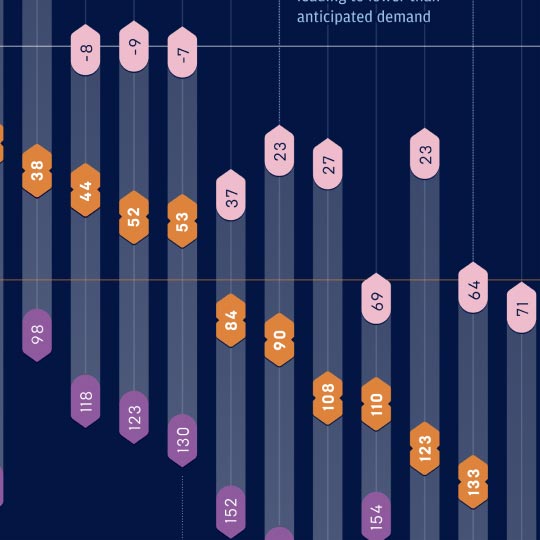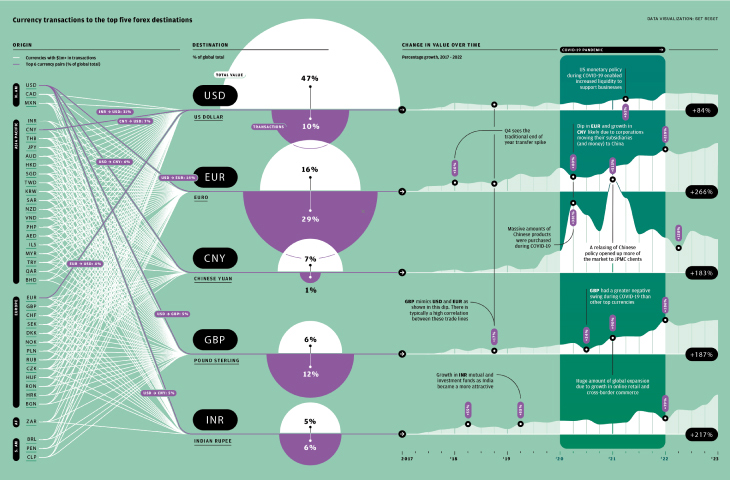
Billion Dollar Question
Re-commerce is a new term for an old idea–selling second-hand goods online. But it is an area that has enjoyed notable growth and innovation in the past few years, as consumers are increasingly placing value on sustainability and the circular economy. This trend has been especially prominent in the apparel industry, partly in response to concerns over ‘fast fashion’, where a high volume of new product lines are released each season in response to trends–resulting in unnecessary waste. Fashion re-commerce is now a $20 billion a year industry, and many brands are developing their own platforms to sell pre-owned versions of their own products. One example is Levi’s, which has recently launched SecondHand, a new re-commerce concept dedicated to Levi’s vintage and used clothing. We spoke to Chris Jackman, Vice President of Global Consumer Marketing at Levi’s, to ask: what are the key elements for a successful re-commerce business?
Alleviate concerns over product quality
One of the most important factors for any re-commerce site is ensuring the quality of products. Brands trading in their own items have an advantage as they can better authenticate the goods. Jackman describes the process at Levi’s: “We get our products through trusted partners and loyal consumers who bring them to our stores where our style experts examine the garments and approve only quality pieces. What’s labeled ‘vintage’ is truly vintage and just not a two-year jean.”
Build customer loyalty
In order to avoid cannibalizing your own products, it is important to use re-commerce as a way of engaging with your customers and strengthening relationships. A tactic at Levi’s is allowing people to trade in their existing products in exchange for credit or vouchers. “SecondHand provides a great opportunity for the brand to re-engage with current and lapsed consumers,” says Jackman, “and reach new consumers.” These include those with an interest in vintage items, who can then be enrolled in loyalty programs and targeted with personalized offerings.
Provide a returns process
“Many re-commerce platforms don’t accept returns,” says Jackman. This can be a major barrier to customer trust. After all, no-one wants to purchase a secondhand product only to find it is not what is expected, and then be stuck with it. Levi’s decided to provide returns and accept exchanges. The company’s view is that for brands to be successful with
re-commerce, they need to offer the same experience as they would for their regular product lines.
Innovate with payments
There is much scope for innovation when it comes to payments. Re-commerce customers are often buying second hand to save money, so would likely be attracted to low interest ‘buy now, pay later’ options, or other tools that can help reduce the financial burden. Meanwhile, brands also need seamless systems to manage pay-outs, so customers can instantly get credit, cash or other remuneration for their trade-ins. “We believe in flexibility,” says Jackman, “and are always looking for ways to improve the shopping experience for consumers.”
Put sustainability front and center
Arguably the biggest driver for re-commerce is the increasing consumer focus on sustainability. “The environmental protection agency (EPA) estimates that nearly 17 million tons of textiles are dumped in landfills in a year,” says Jackman. In the 2021 financial year, he continues, “our SecondHand program reclaimed or extended the life of 28,000
units of clothing in the US”. Brands should closely track the environmental impact of their re-commerce activities and share the information with their customers, so they clearly understand the benefits.
BY J.P. MORGAN






































